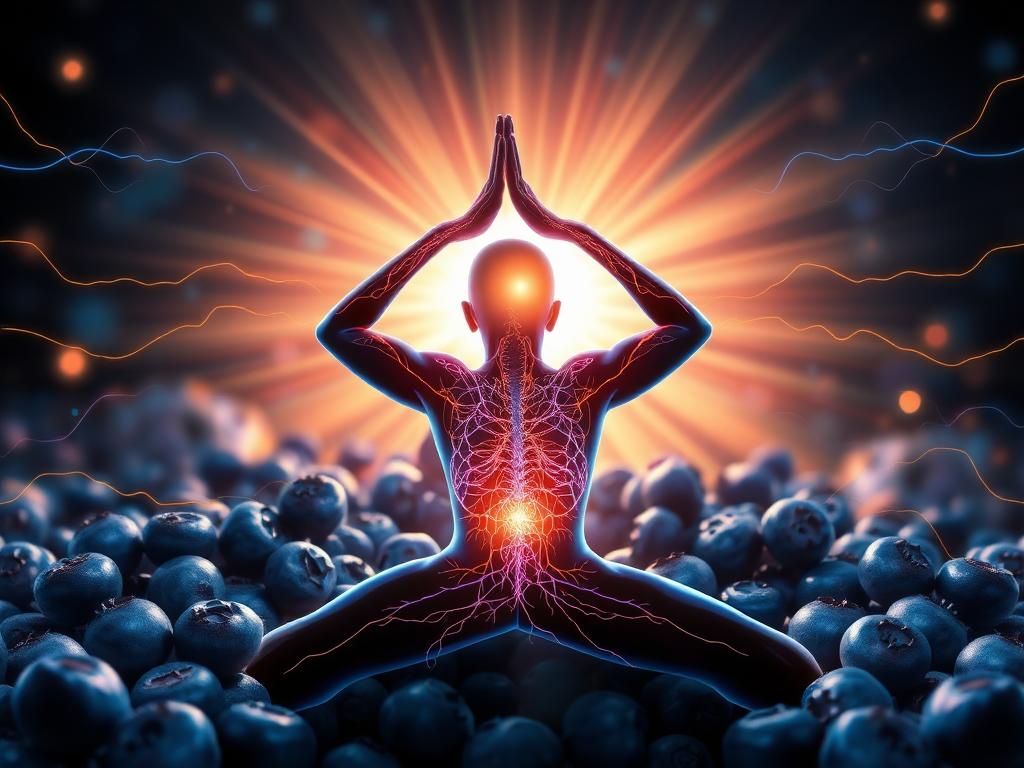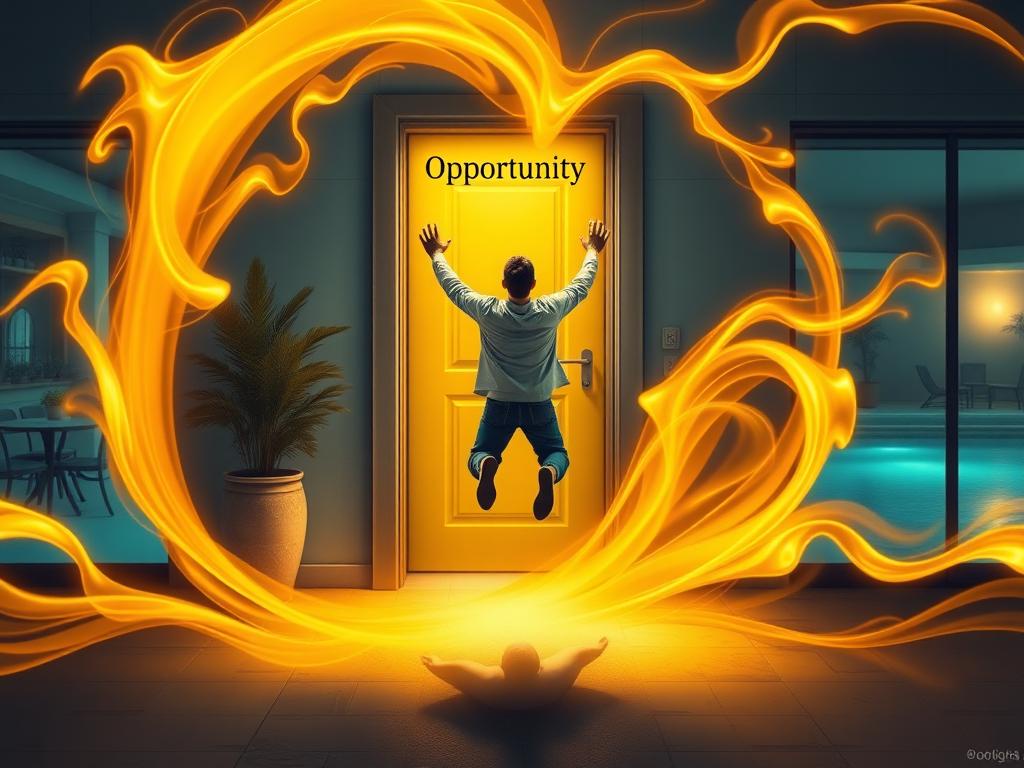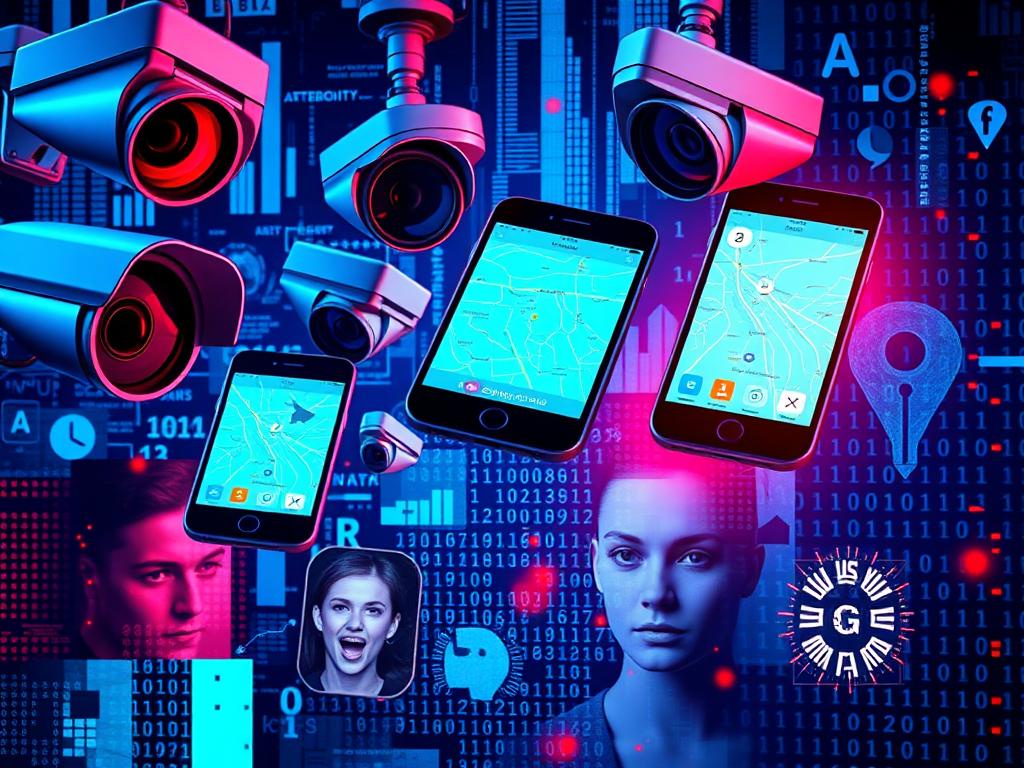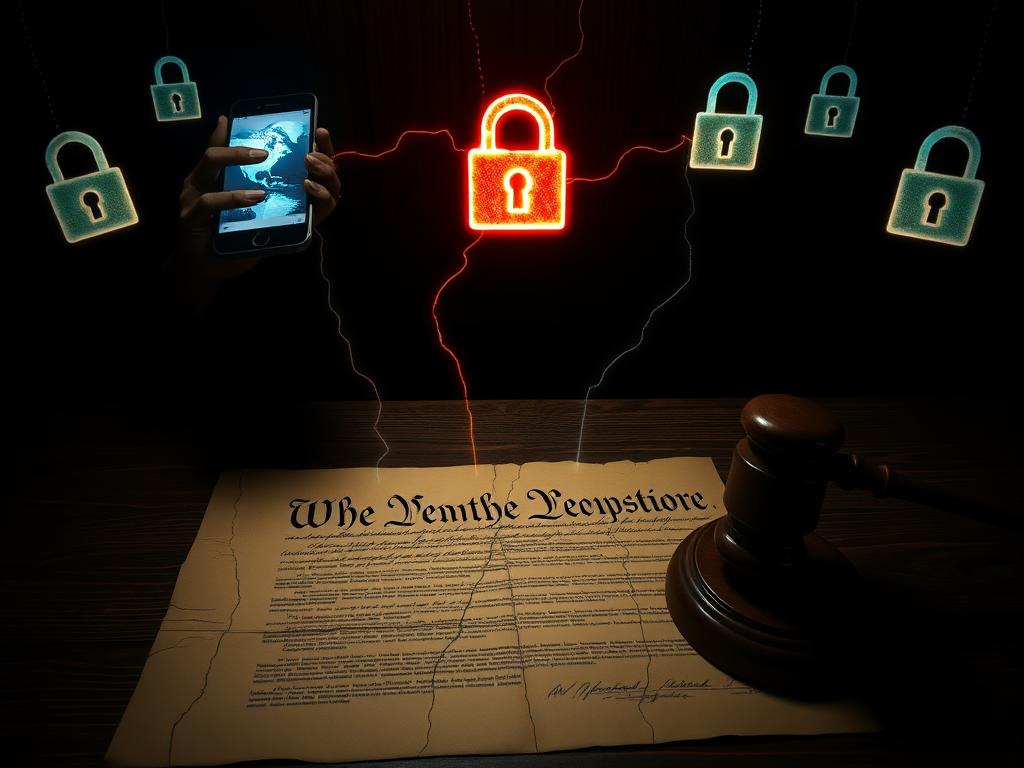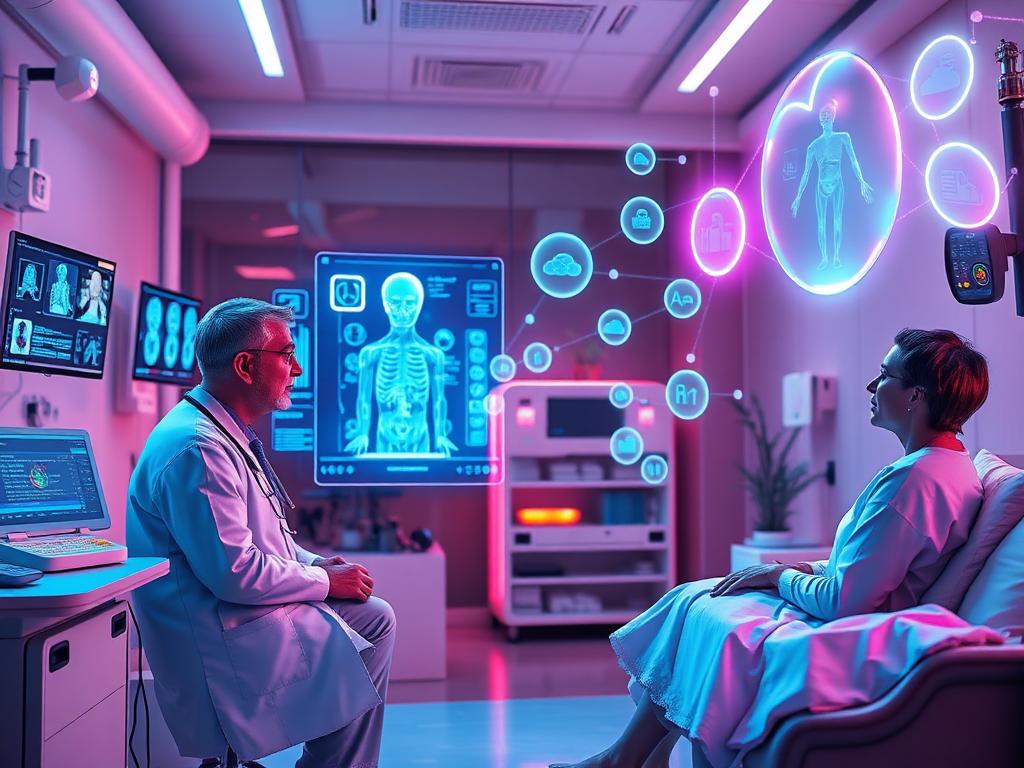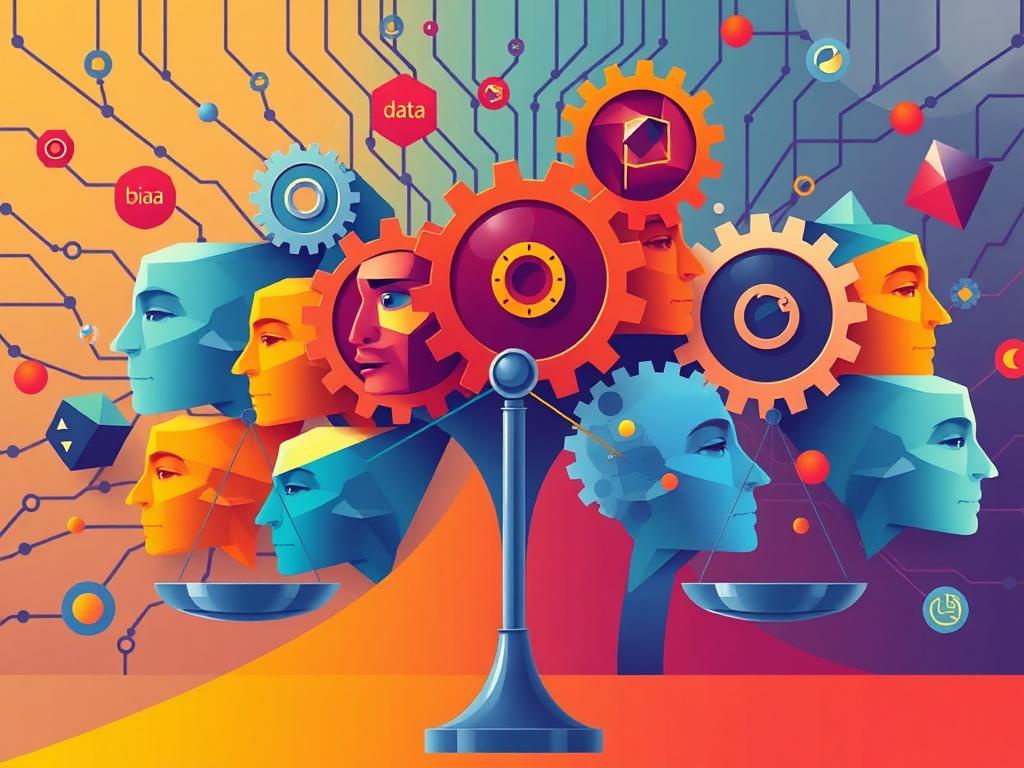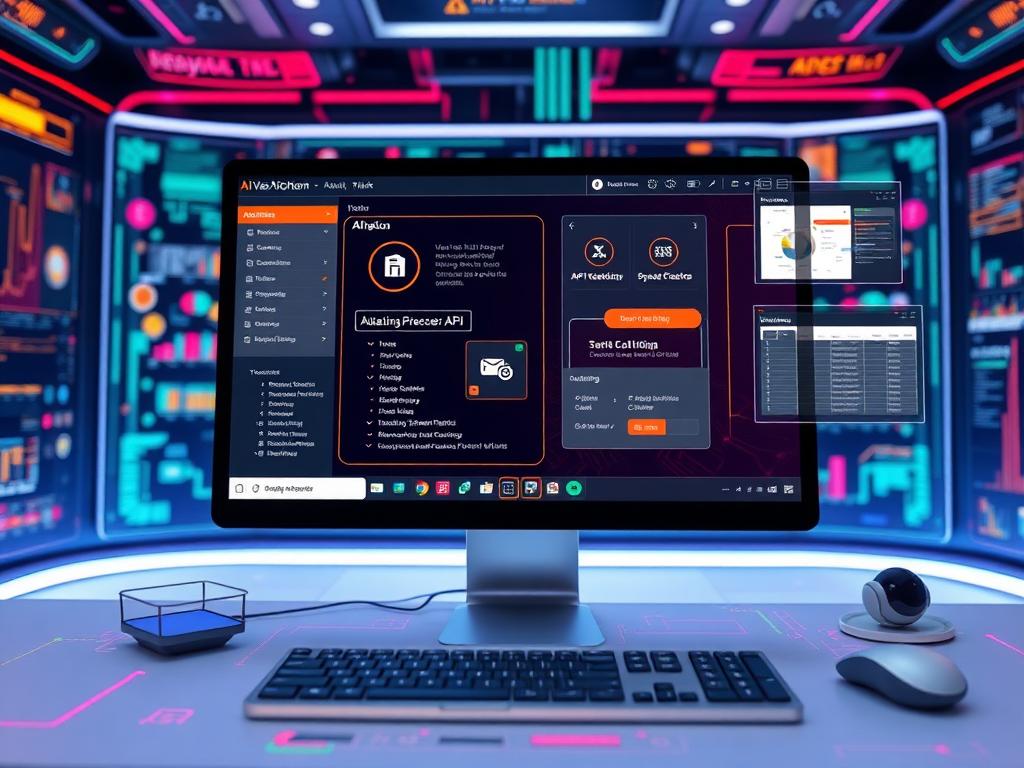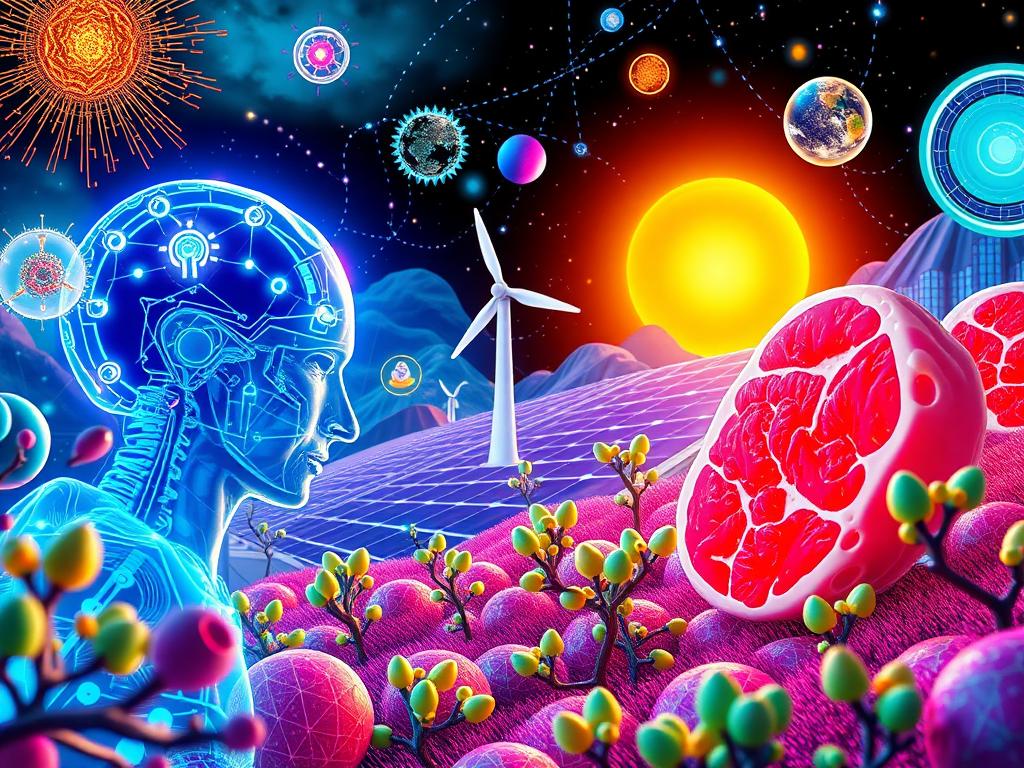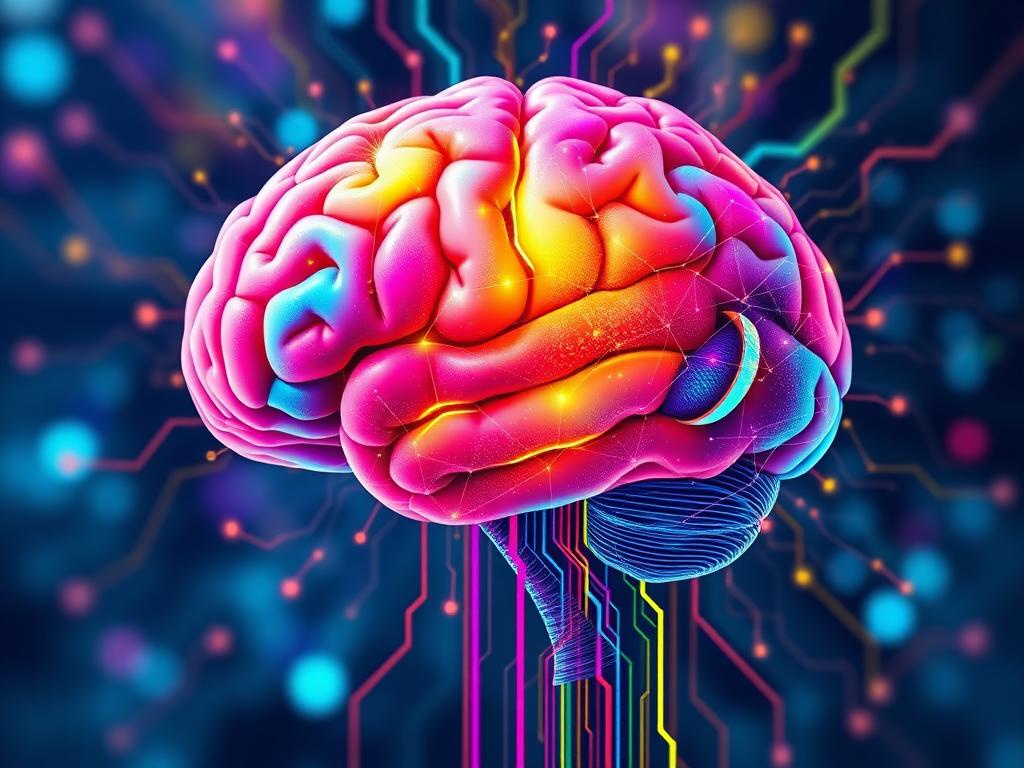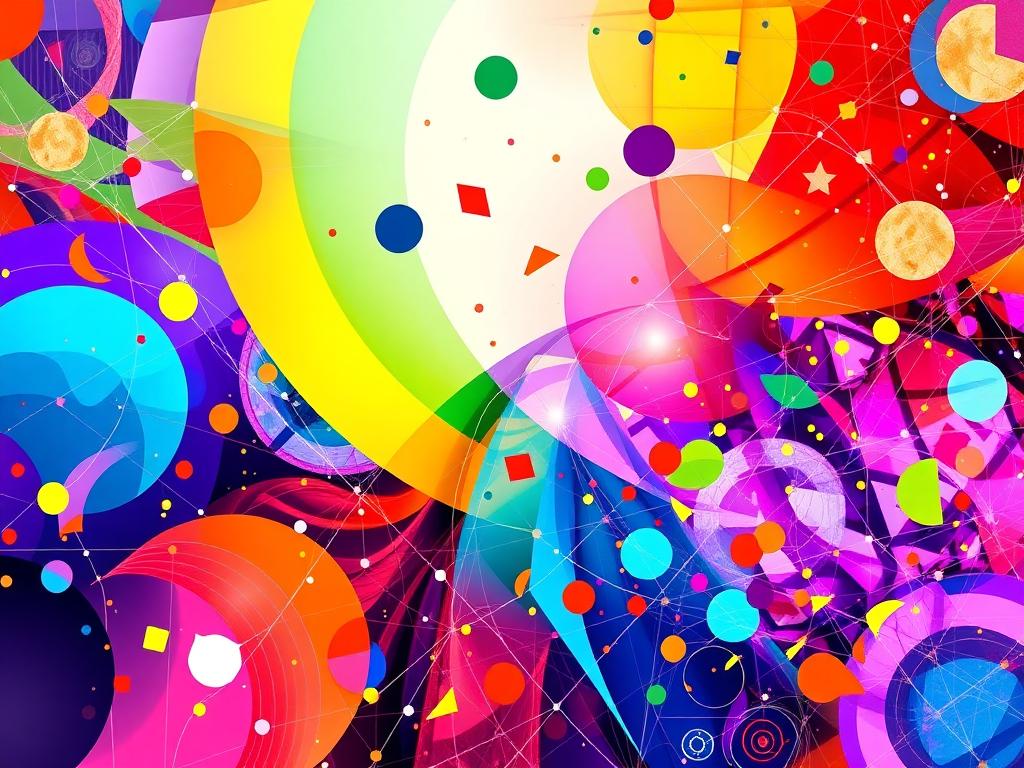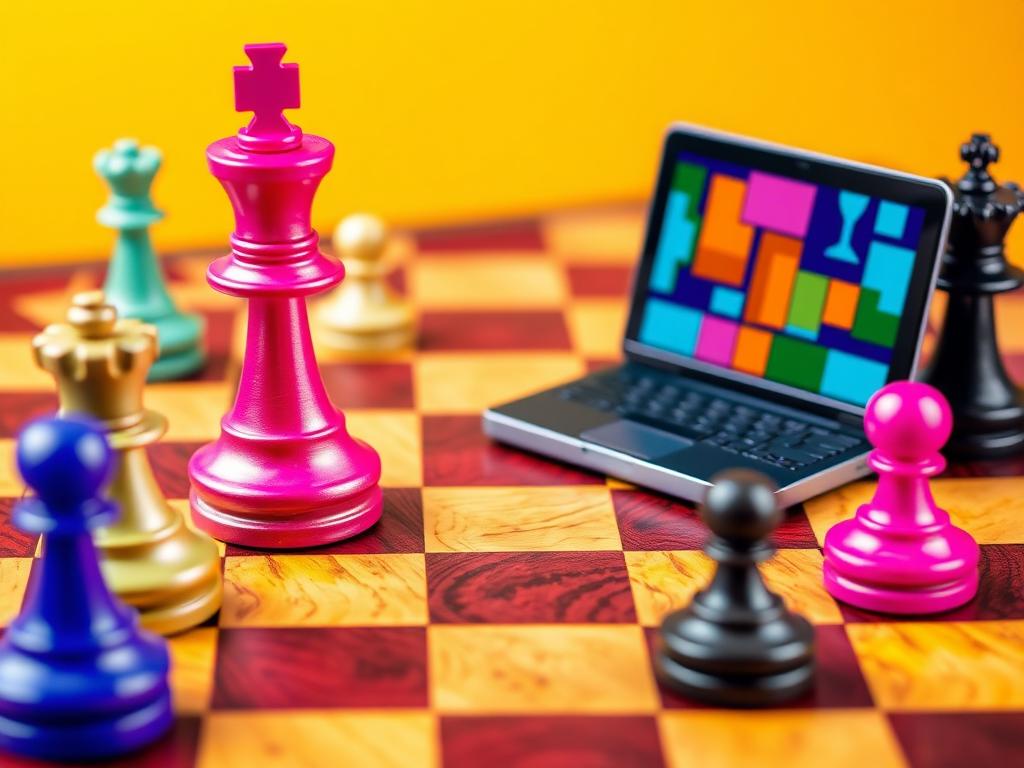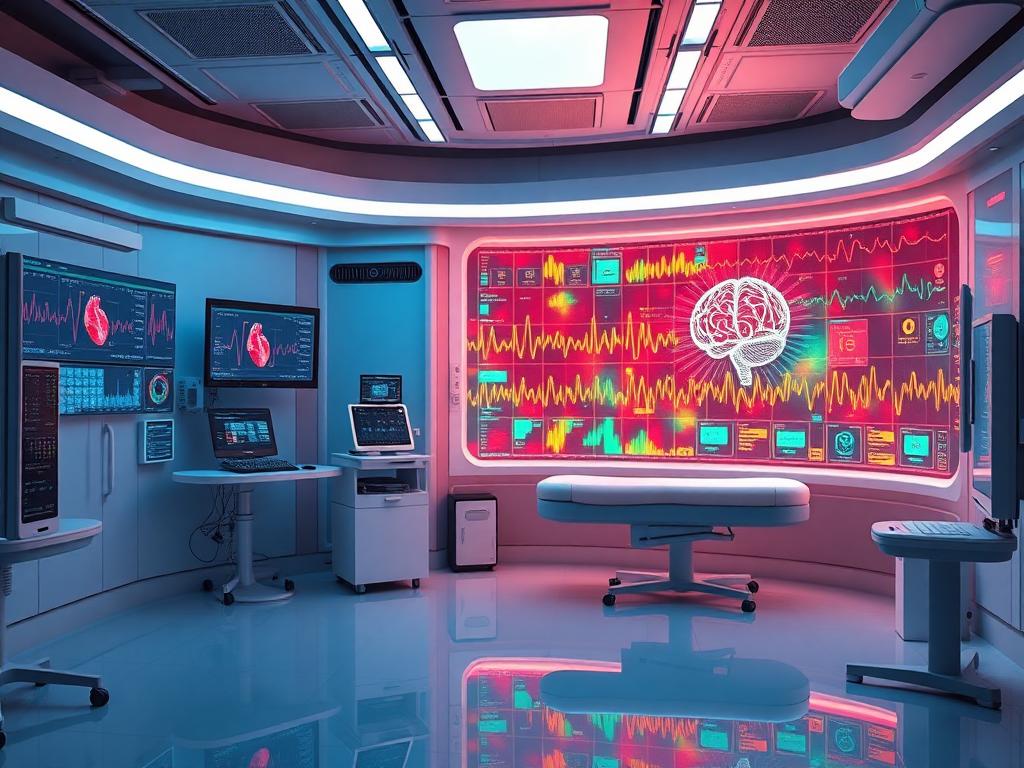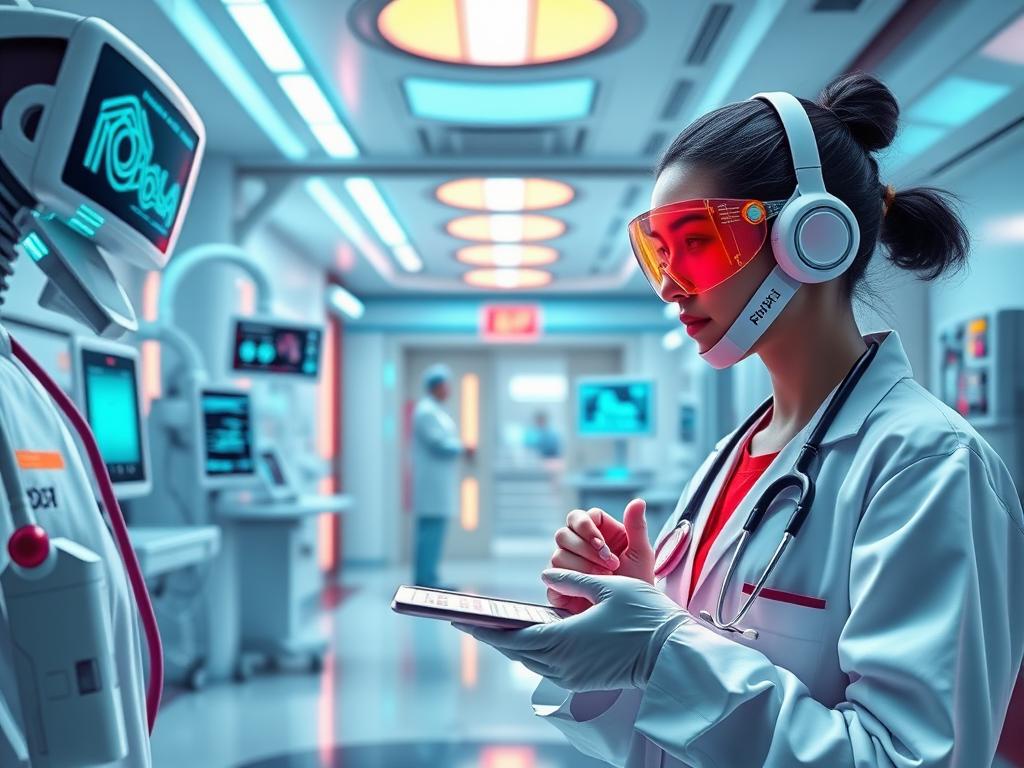
How Woebot is Revolutionizing Mental Health
Discover how Woebot, an AI-powered mental health tool, is designed to provide accessible and effective support for individuals in need, anytime, anywhere.
In 2017, depression was already the leading cause of disability worldwide. This alarming statistic inspired the creation of Woebot, an AI-powered tool designed to meet an unmet need in mental health care. Unlike traditional therapy, Woebot is available 24/7, providing support during critical moments when human therapists cannot be there.
Alison Darcy, the creator of Woebot, emphasizes the importance of accessibility and approachability in mental health care. ‘It doesn’t matter how good a therapist is,’ she says. ‘Unless you’re with your patient at 2 a.m. when they are having a panic attack, you can’t help them in that moment.’ Woebot is built to bridge this gap, offering immediate, scripted responses under the supervision of clinical psychologists.
The average interaction with Woebot lasts about six and a half minutes, with 75-80% of conversations occurring outside of clinic hours. The longest conversations typically happen between 2 and 5 a.m., highlighting the tool’s role in addressing late-night crises. Woebot is not designed to replace human therapists but to complement them by offering timely support and skill-building exercises inspired by therapeutic approaches like cognitive behavioral therapy (CBT).
One of Woebot’s unique strengths is its ability to facilitate roleplays, a task where generative AI excels. ‘Generative AI is really good for roleplays,’ says Darcy. ‘It speaks to some of the advantages that AIs have—things that humans aren’t so great at.’ This feature allows users to practice coping strategies in a safe, non-judgmental environment.
Privacy and control are critical concerns in AI-driven mental health care. Darcy assures that Woebot is designed with strict boundaries: it does not give advice, diagnose, or share data with advertisers. Its primary purpose is to help users develop their own resources and skills, fostering independence rather than dependence. ‘A great AI should be helping you see that perfection is just an illusion,’ says Darcy. ‘That’s what makes us human, and that’s something to be celebrated.’
Woebot also encourages users to engage in real-life interactions, holding them accountable for actions like following up with a friend or family member. This accountability is one of the tool’s most valued features, helping users break free from avoidance patterns.
Despite its advancements, Woebot is not a replacement for human therapists. Darcy acknowledges the limitations of AI and emphasizes the importance of human connection in therapy. ‘The AIs have plenty of potential for damage, as do humans,’ she says. ‘But we have the opportunity to develop AI with intentionality, ensuring it serves humans rather than the other way around.’
As mental health challenges continue to rise, tools like Woebot represent a promising step forward in expanding access to care. By leveraging technology to complement traditional therapy, we can create a more supportive and inclusive mental health landscape.




